Disclaimer: This blog post contains affiliate links. If you make a purchase through these links, I may earn a small commission at no additional cost to you. Learn More. Thank you for supporting our garden community.
8 Foods Perfect for Foraging in The Winter
Last Updated: September 28, 2024
When I think of foraging, I often visualize spring, green pastures, bright flowers, and warm weather. However, foraging in the winter can be equally exciting and rewarding. Not only is it a great way to connect with nature and harvest fresh ingredients, but it is also an important practice that helps to foster self-reliance and sustainability. If you’re wondering when to forage and how to forage for food in winter, you’re in luck! Today, you will be introduced to 8 foods that you can still forage in the winter.
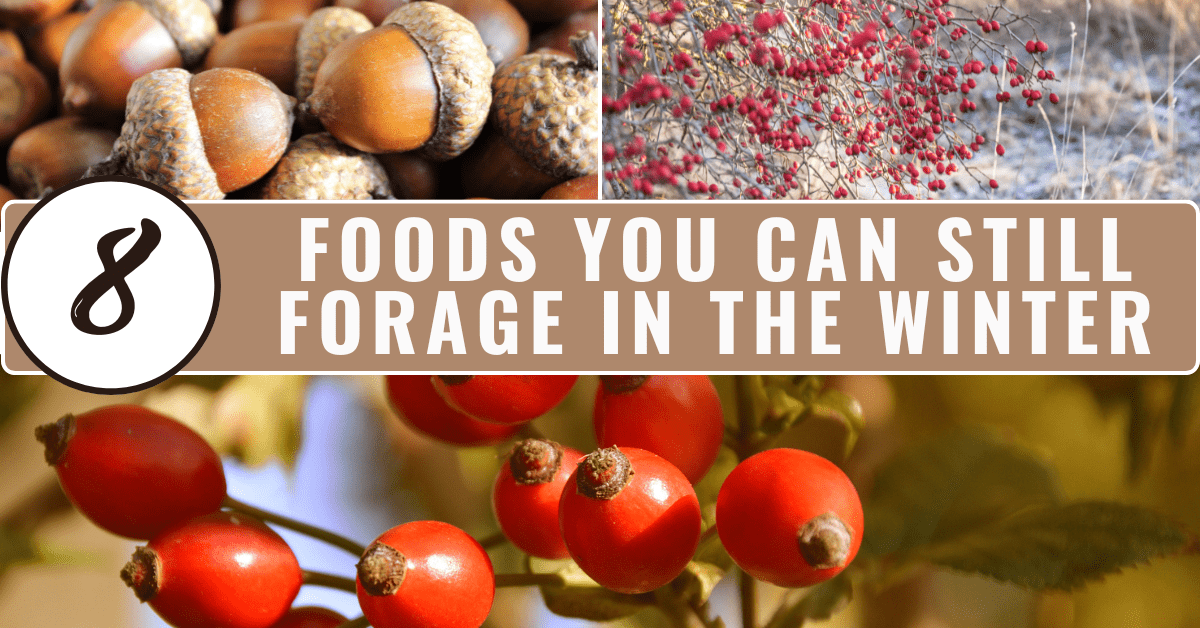
8 Foods You Can Still Forage in the Winter
Here are four key takeaways you will gain from reading this article in full:
- Sustainable Foraging Practices: Gain insight into sustainable foraging methods that protect natural habitats while allowing for a successful winter harvest.
- Winter-Available Edibles: Learn about specific plants, fruits, and nuts that can still be foraged during the winter months, despite the harsh conditions.
- Identifying Wild Foods in Winter: Discover tips and tricks for identifying winter-friendly foraged foods, such as mushrooms, rose hips, and evergreen plants.
- Foraging Safety in Cold Weather: Understand the precautions to take when foraging in cold weather, including staying safe from frostbite and other winter hazards.
The Benefits of Foraging in the Winter
Foraging in the winter has many benefits for us. Firstly, it allows you to enjoy the great outdoors in a unique and unconventional way. You get to explore the beauty of the winter landscape and experience the serene stillness of the natural world, especially if you have natural spaces near you.
Secondly, foraging in the winter can help you stay healthy and happy. Many wild foods are packed with essential nutrients, vitamins, and minerals that can boost your immune system, fight inflammation, and promote vitality. These nutrients are not found in the same quantities in pesticide-rich food from the grocery store.
Lastly, winter foraging can be a fun and educational activity that you can share with your gardener friends and family. You get to learn about local plant and animal species, practice your plant ID skills, and experiment with local flavours in your dishes.
Why Should We Forage All Year-Round?
Foraging is important all year-round for several reasons. Firstly, it helps us reconnect with nature and our ancestral roots as human beings. Foraging is one of the oldest forms of obtaining food and has sustained humans since the first man. It is a way for us to remember our relationship with the environment and acknowledge the relationship between us and the Earth.
Secondly, foraging all year-round helps us diversify the foods in our diet and reduce our reliance on industrial agriculture. Foraging allows us to access nutrient-dense foods that are never found in grocery stores or restaurants.
Lastly, foraging is a way for us to practice sustainable and regenerative living. By foraging ethically and responsibly, we can minimize our impact on the environment and ensure that future generations have access to wild foods and natural resources.
8 Foods You Can Still Forage in the Dead of Winter
Contrary to popular belief, there are several foods you can still forage even in the dead of winter. Although the selection may not be as vast as in other seasons, such as spring and summer, there are still plenty of nutritious and delicious options. Here are our top 8 foods you can still forage in the winter:
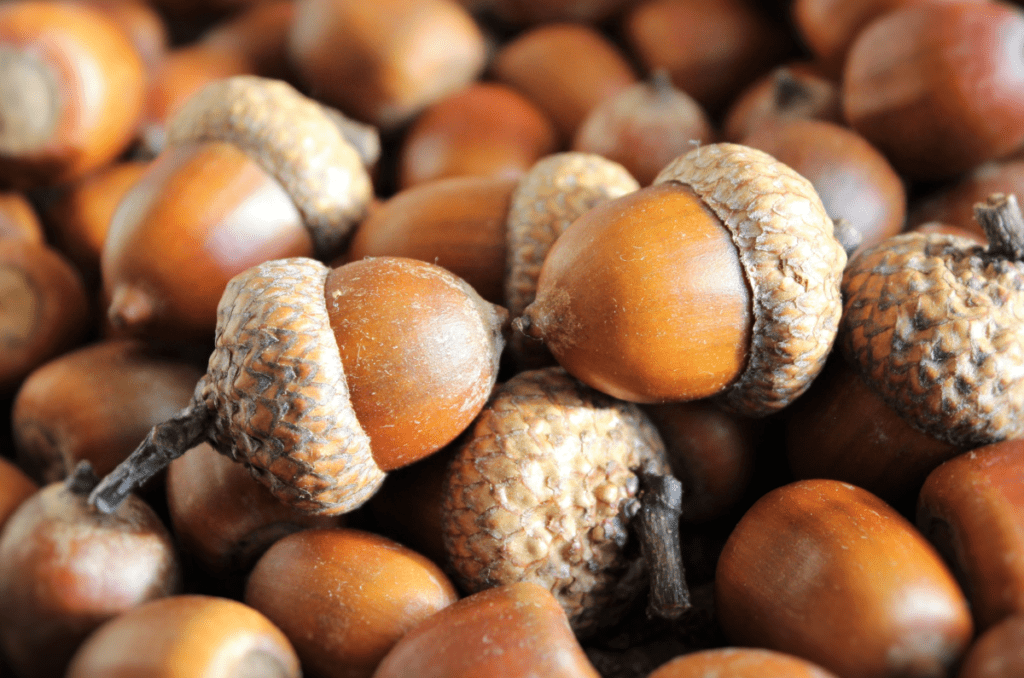
1. Acorns
Acorns are the nuts of oak trees and can be found on the ground or still attached to the tree. They can be roasted, boiled, or ground into flour to make bread or porridge. But it is important to prepare them correctly, as the bitter tannins found in acorns are very toxic.
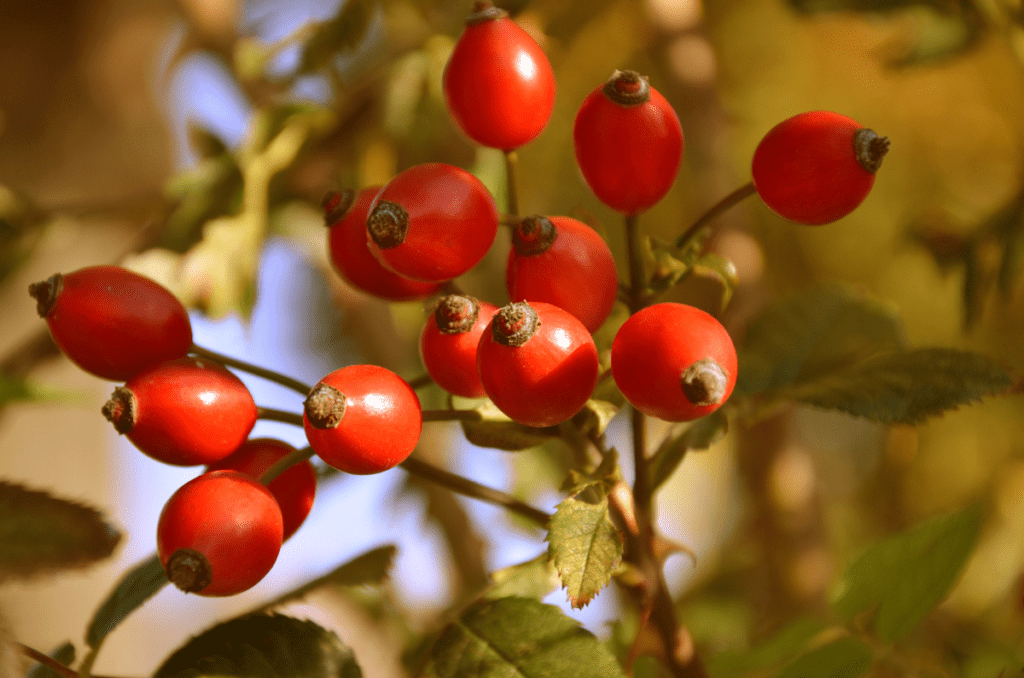
2. Rose hips
Rose hips are the fruit of rose bushes and are often found in hedgerows and along trails. They are very high in vitamin C, used by early European explorers to combat scurvy, and can be dried and used to make tea or jam. The fruit contains hairs which can cause itchiness, so make sure to prepare them correctly

3. Juniper berries
Juniper berries are the mature cone of juniper bushes and grow in arid or rocky areas. They have a pungent, piney flavor and can be used to flavor meat, sauces, and alcohol. They are the main flavouring agent used in prosciutto, an Italian cured meat. Check out these 11 juniper berry recipes to get you started
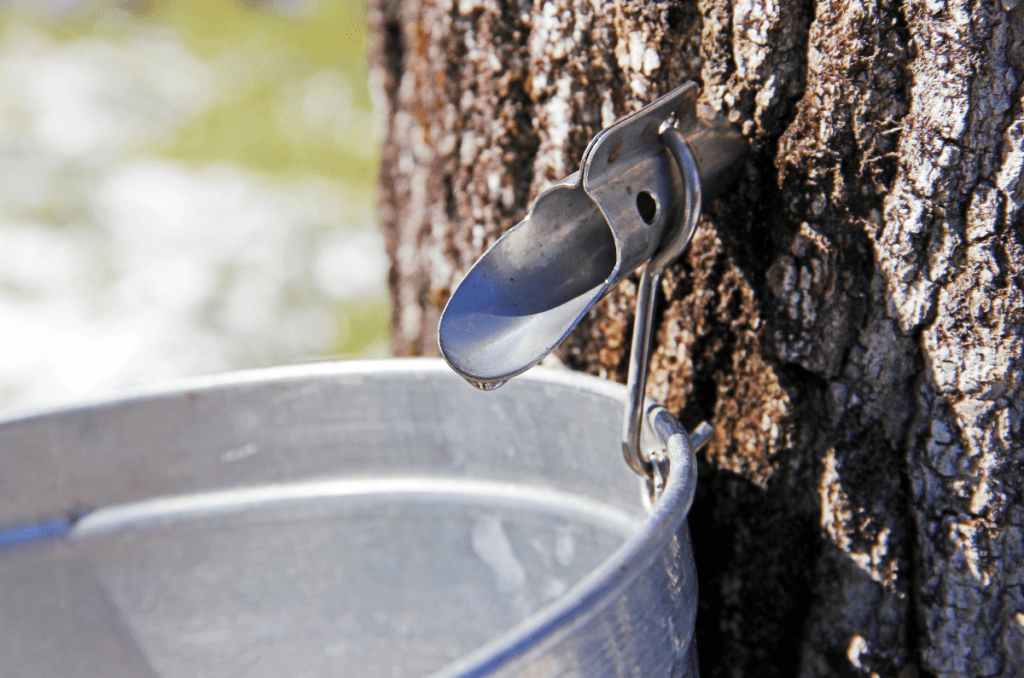
4. Tree sap
Tree sap is the clear liquid that oozes out of trees when they are tapped, and is rich in minerals and antioxidants. It can be boiled down to make syrup or candy, or used as a flavoring agent, or just drink it as is.
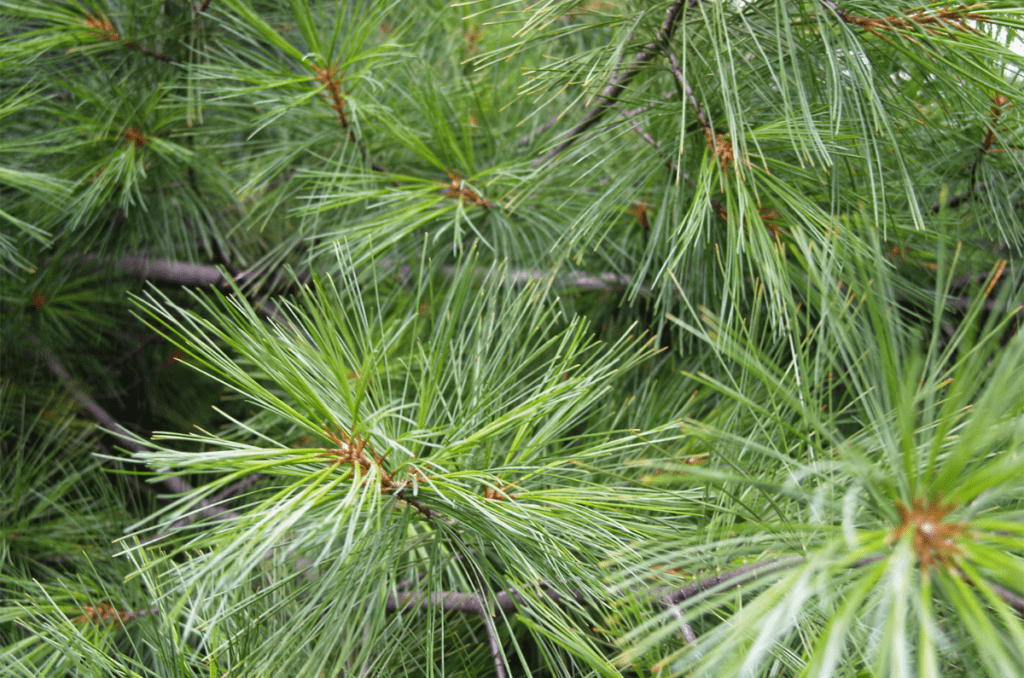
5. Pine needles
Pine needles are the leaves of pine trees and can be used to make tea, syrup, or infused oil. They are rich in vitamin C and have a sweet, citrusy flavor. You can also use spruce or fir needles.
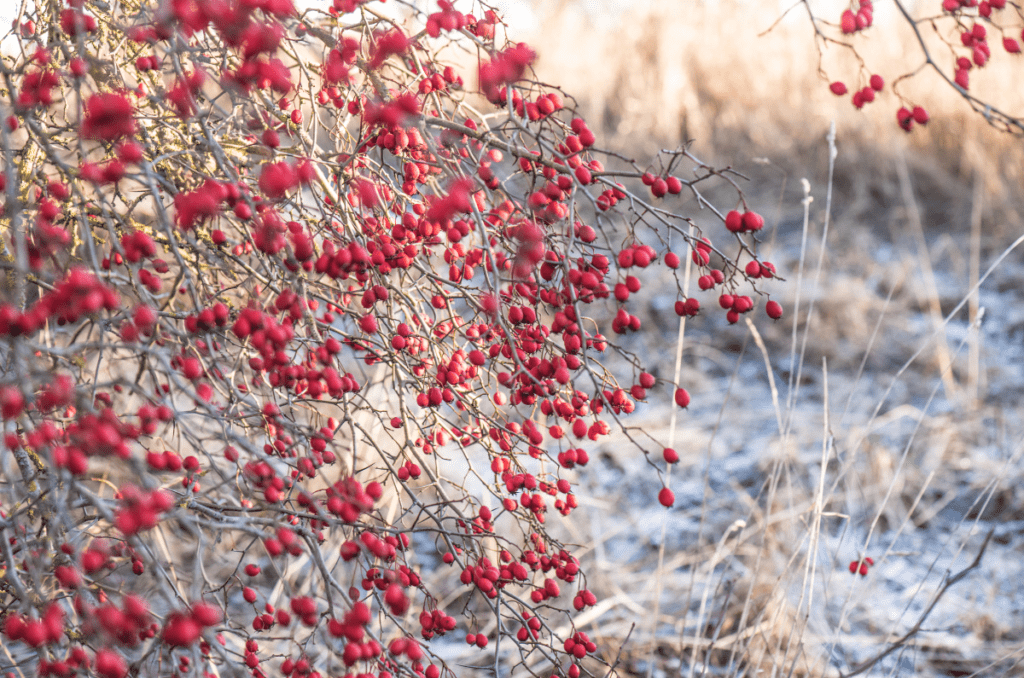
6. Hawthorn berries
Hawthorn berries are the fruit of hawthorn trees and are often found in hedgerows and near streams. They have a tart, apple-like flavor and can be used to make jam, wine, or alcohol.
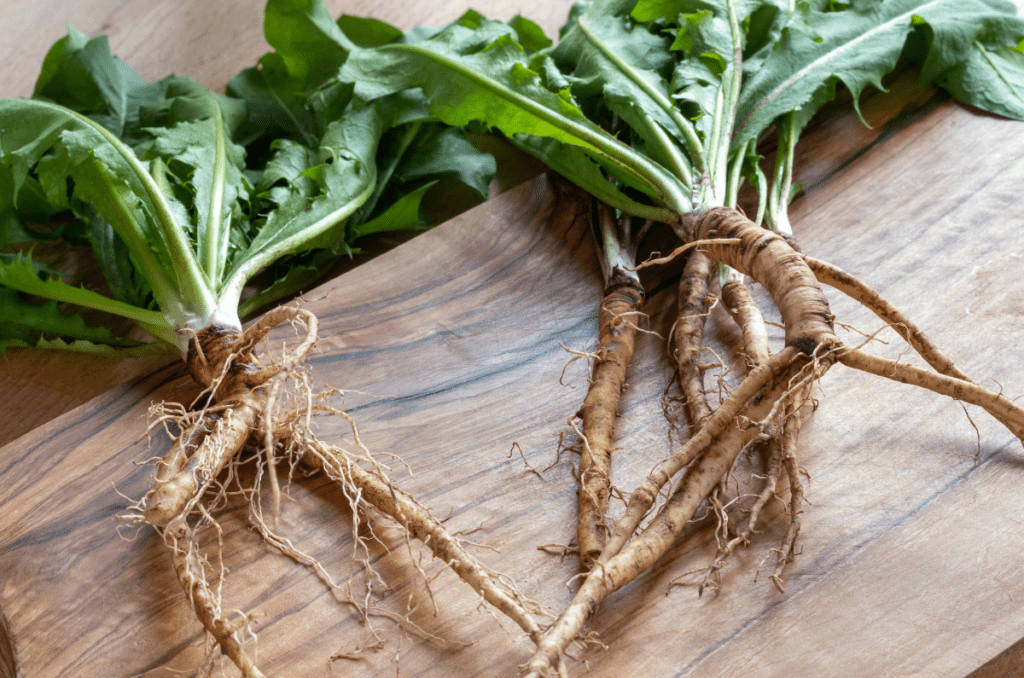
7. Dandelion
Dandelion is a common weed that grows in lawns, fields, and meadows. Its leaves can be added to salads or stir-fries, while its roots can be roasted to make a coffee-like beverage. You probably won’t find many leaves, so the roots are your best bet.
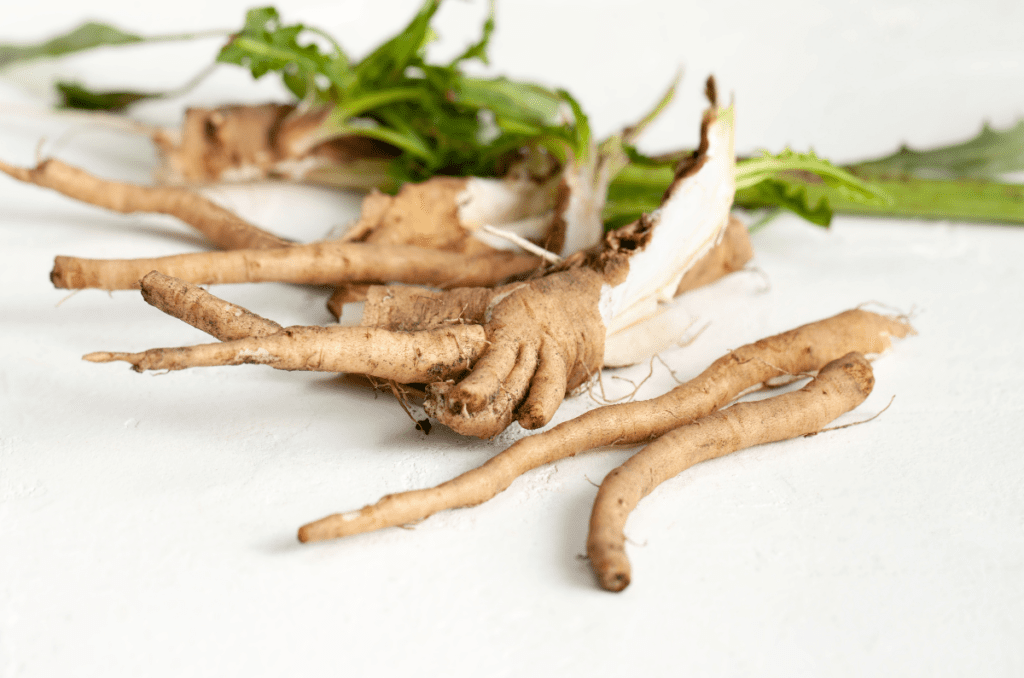
8. Chicory
Chicory is another common weed that grows in disturbed soils, such as roadsides or construction sites. Its leaves can be added to salads or soups, while its roots can be roasted and ground to make a caffeine-free coffee substitute. Its uses are similar to those of the dandelion.
Discussion Questions:
- Have you ever foraged any of the foods mentioned in the article during the winter? Which one did you enjoy most, and how did you prepare it?
- What other wild foods have you successfully foraged in winter that aren’t listed here? How do you use them in your kitchen?
Please let us know in the comments below!
Frequently Asked Questions
There are many foods that can still be foraged in the dead of winter, including acorns, pine needles, and rose hips.
Theoretically, summer is the best time to forage wild food, simply because of the abundant growth. But every edible wild plant has its season, and every season has its edible wild plant. This means that foraging can be done at any time of the year.
For acorns and other nuts, they are usually hidden under the layers of leaves and snow. For fruits, such as rose hips and hawthorn berries, you will be able to see their bright colours still hanging on the stems of the plants.
Even More Gardening Ideas
Here are a few more posts to get the ball rolling in your garden!
- How to Grow Mushrooms in Your Backyard Garden
- How to Grow Giant Pumpkins from Seed!
- 20 Fast Growing Vegetables to Plant in September
Products
To buy organic, non-GMO lavender seeds, check out SeedsNow.
For a wide selection of perennial garden plants, check out Nature Hills Nursery.
For gardening equipment, check out Bootstrap Farmer
Foraging in the winter may seem daunting, but it is a fun and rewarding experience that can help you connect with nature, diversify your diet, and practice sustainable living. So why not bundle up, grab a basket, and head outdoors to see what treasures you can find?
If you enjoyed this article, consider sharing it with any foragers or gardeners that you know. Also, make sure to sign up for our email newsletter; don’t worry, we won’t send you spam, just new gardening ideas every Monday and Friday.
If you want to learn more about gardening, foraging, nature, and sustainability, check out The Real Gardener on Instagram, YouTube, and Pinterest.
Pin this post for later:
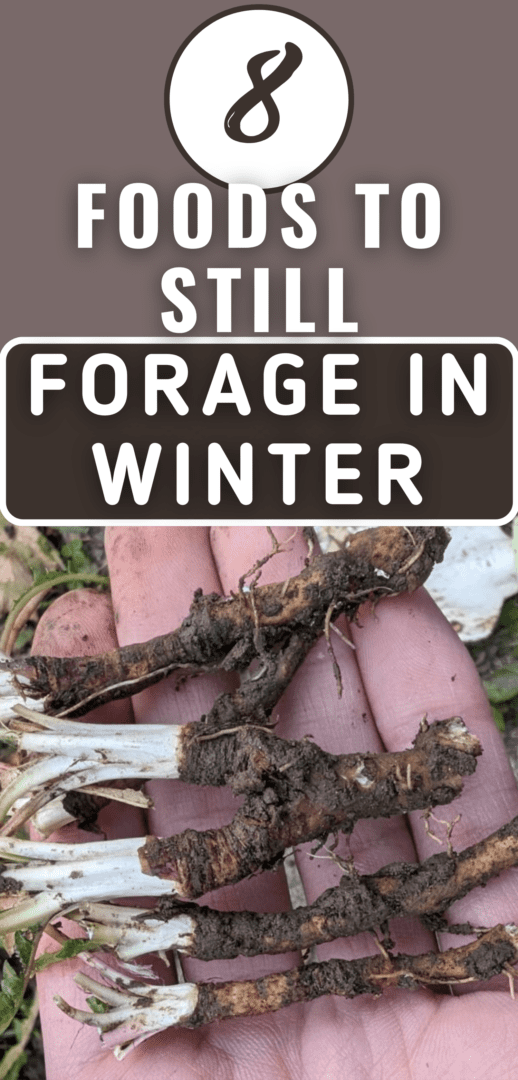
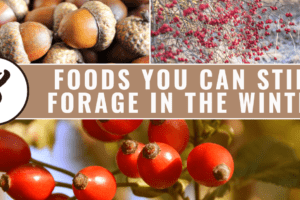
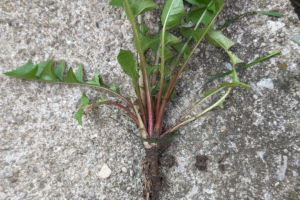
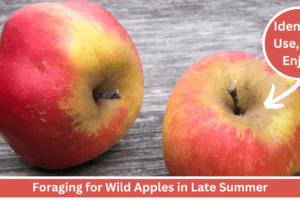
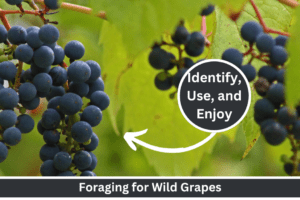
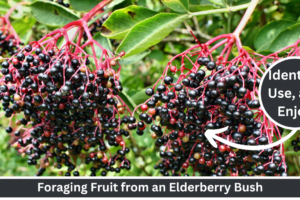
Leave a Reply